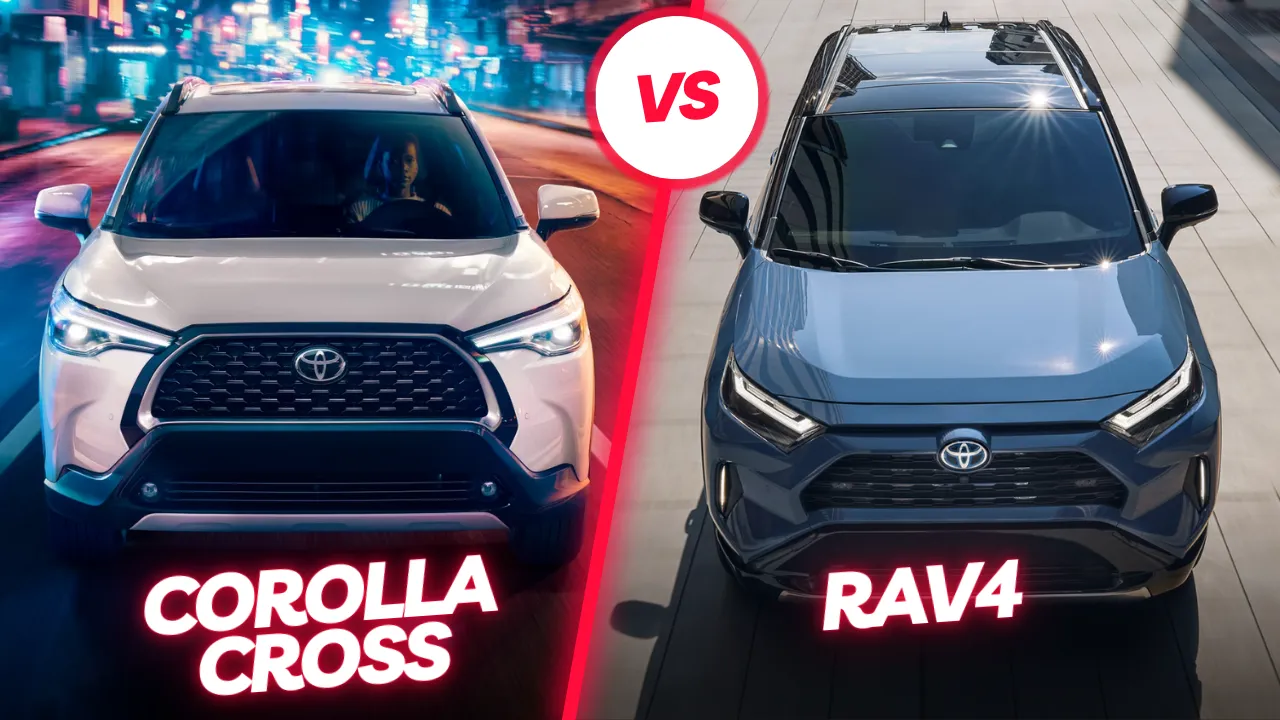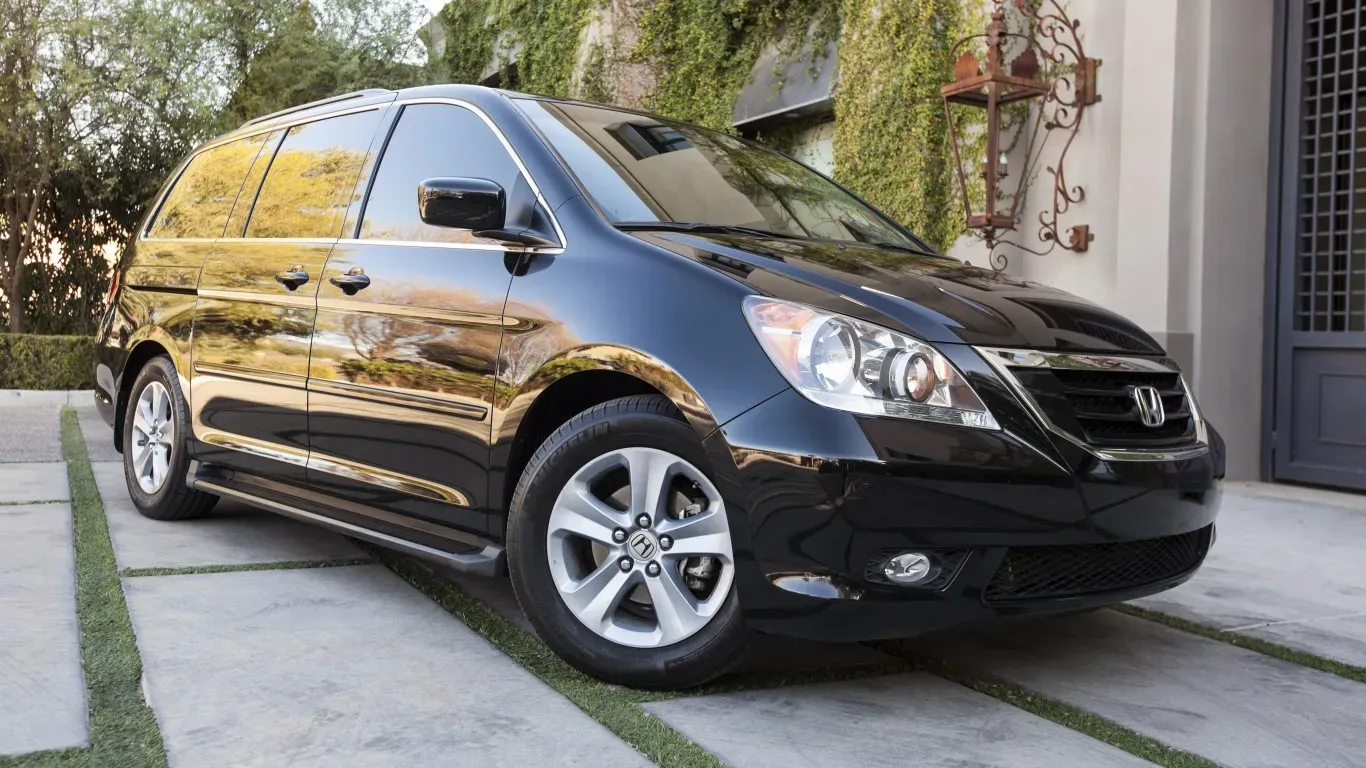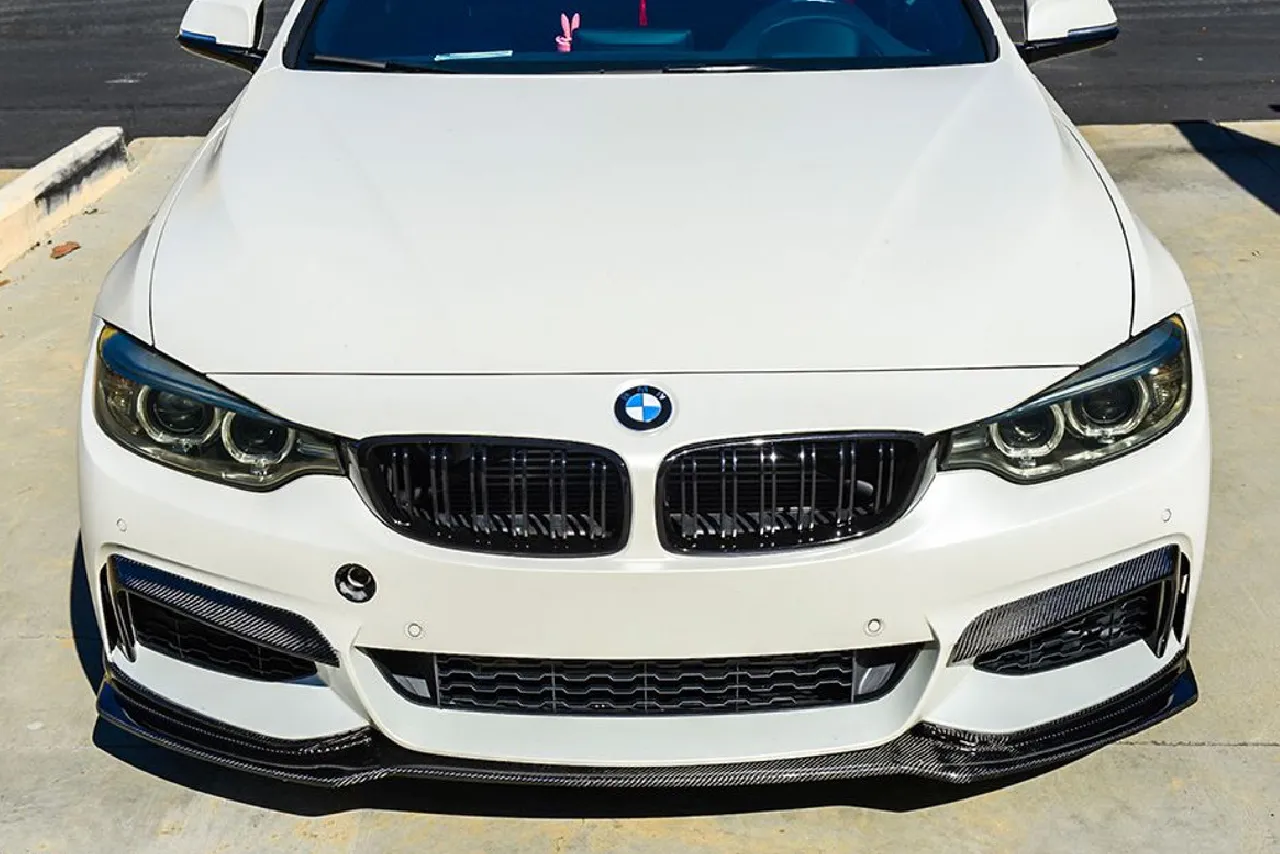What qualifies a car as the fastest car in the world? It’s more than just a powerful engine; it’s about innovative engineering, extreme aerodynamics, and precision craftsmanship. As automakers push boundaries to hit higher speeds, each model tells a story of design perfection and mechanical prowess.
In this article, we’ll dive deep into what it takes for a car to hold the title of the fastest on the planet, exploring the technology, design, and the remarkable names that lead the speed race.
Table of Contents
ToggleTop 10 Fastest Cars in the World
| Rank | Car Model | Top Speed (mph) | Engine Type | Horsepower | Weight (kg) |
|---|---|---|---|---|---|
| 1 | Bugatti Chiron Super Sport 300+ | 304 | W16 Quad-Turbo | 1,577 | 1,995 |
| 2 | SSC Tuatara | 282 | Twin-Turbo V8 | 1,750 | 1,247 |
| 3 | Koenigsegg Jesko Absolut | 278 (claimed) | V8 Twin-Turbo | 1,600 | 1,320 |
| 4 | Hennessey Venom F5 | 271 | Twin-Turbo V8 | 1,817 | 1,338 |
| 5 | Bugatti Veyron Super Sport | 268 | W16 Quad-Turbo | 1,200 | 1,838 |
| 6 | Rimac C_Two | 258 | Electric | 1,914 | 2,150 |
| 7 | Koenigsegg Agera RS | 277.9 | Twin-Turbo V8 | 1,341 | 1,295 |
| 8 | Aston Martin Valkyrie | 250 | V12 Hybrid | 1,160 | 1,030 |
| 9 | McLaren Speedtail | 250 | Hybrid V8 | 1,035 | 1,430 |
| 10 | Tesla Roadster (2022) | 250 (claimed) | Electric | Unknown | 2,050 |
The Quest for Speed: How the World’s Fastest Cars Are Built
To claim the title of the fastest car in the world, manufacturers face enormous technical challenges. Each component, from the tires to the chassis, must endure intense forces while providing maximum efficiency. Here’s how these engineering marvels are brought to life:
Powerhouse Engines
The engines in these hypercars are anything but ordinary. The likes of Bugatti, Koenigsegg, and SSC have mastered building V8, W16, or V12 engines with horsepower that can exceed 1,500 HP. For example, the Bugatti Chiron Super Sport 300+’s engine delivers an astounding 1,577 HP, enabling it to reach speeds over 300 mph.
Aerodynamic Excellence
Aerodynamics are key to achieving top speeds. To slice through the air efficiently, these cars often have low-profile designs, specialized spoilers, and streamlined bodies that reduce drag. Brands invest millions in wind tunnel testing to ensure the car’s shape minimizes air resistance and maximizes stability.
Lightweight Materials
Speed demands a lightweight frame. Most of these cars utilize materials like carbon fiber, titanium, and aerospace-grade aluminum, reducing weight without compromising strength. This lightweight structure is critical for high-speed control, allowing cars to reach their peak speed while maintaining precision on the road.
Record-Breaking Models: The Fastest Cars in the World Today
Several cars have battled for the title, each setting new benchmarks. Let’s take a closer look at some of the most famous models that have claimed or currently hold the title of the fastest car in the world.
Bugatti Chiron Super Sport 300+
With a recorded speed of 304 mph, the Bugatti Chiron Super Sport 300+ set a new precedent in the world of hypercars. Powered by a quad-turbocharged W16 engine, this car is the epitome of speed and luxury, blending elegant design with raw power.
SSC Tuatara
The SSC Tuatara is a hypercar with bold claims, reaching a verified speed of 282 mph in recent tests. Known for its impressive aerodynamic design, the Tuatara has been engineered to maximize every aspect of speed, aiming to break even higher records in the future.
Koenigsegg Jesko Absolut
Sweden’s pride, the Koenigsegg Jesko Absolut, has been designed with one purpose: to become the fastest car ever. Although official records haven’t confirmed it yet, Koenigsegg claims the Jesko Absolut can potentially reach speeds of over 330 mph.
What Sets These Cars Apart?
Each of these cars has unique elements that distinguish it from the others. From the Bugatti’s impeccable craftsmanship to SSC’s groundbreaking aerodynamic advancements, these brands continue to redefine speed by innovating the key factors behind velocity:
Engine Power: Massive horsepower and torque to propel at unparalleled speeds.
Aerodynamic Design: Body shapes designed for stability and reduced drag.
Advanced Materials: Use of lightweight yet robust materials to increase efficiency.
These features work in unison, allowing the fastest cars in the world to perform feats that were once thought impossible.
Can Regular Drivers Handle the Fastest Cars?
Driving a hypercar isn’t the same as driving a regular vehicle. These machines are crafted for professional drivers who understand high-speed dynamics. While most of these hypercars include advanced stability and traction control systems, they still require precise control and experience.
However, brands like Bugatti and Koenigsegg have made strides in making these powerful machines more accessible to wealthy consumers. Even so, some hypercars, such as the SSC Tuatara, are nearly track-only vehicles due to their extreme nature.
Safety Innovations in High-Speed Hypercars
When cars reach speeds over 250 mph, safety becomes a critical focus. For the fastest cars in the world, manufacturers incorporate advanced braking systems, aerodynamic stability controls, and crash resistance features to ensure that drivers remain as safe as possible. Many hypercars feature:
Carbon Ceramic Brakes: These brakes are highly heat-resistant and offer superior stopping power even at extreme speeds, helping drivers stay in control.
Automatic Stability Controls: High-speed vehicles often include stability control systems to prevent skidding or loss of traction at intense speeds.
Reinforced Roll Cages: Some hypercars come with roll cages embedded within the frame, ensuring that the car’s body remains intact in case of a high-speed collision.
The Role of Tires in Breaking Speed Records
A lesser-known fact is that tires play a crucial role in reaching top speeds safely. Traditional tires cannot withstand the high forces experienced by hypercars traveling at speeds over 300 mph. That’s why the fastest cars in the world use custom-made tires, often developed in collaboration with specialized manufacturers like Michelin or Pirelli. These tires undergo rigorous testing to ensure they can handle the immense stress, heat, and friction generated at high velocities.
Heat-Resistant Rubber Compounds: Special compounds are used to avoid tire degradation at high speeds.
Reinforced Tread Patterns: These prevent slipping and maintain grip, even on challenging road surfaces.
Precision Engineering: Hypercar tires are built to withstand centrifugal forces that could otherwise cause them to break apart at extreme speeds.
The Influence of Drag Reduction on Speed
The shape of the fastest cars in the world is meticulously crafted to reduce drag, which can significantly impact top speeds. Aerodynamic drag is the resistance an object faces as it moves through the air. High-performance cars often feature:
Active Aero Features: Some hypercars, like the Bugatti Chiron, have adjustable spoilers that shift automatically to improve downforce or reduce drag, depending on speed.
Smooth Underbody Panels: By reducing turbulence under the car, manufacturers can achieve a smoother airflow, contributing to overall speed and efficiency.
Carbon Fiber Body: Many hypercars use carbon fiber to achieve an optimal balance between lightness and aerodynamics, as it can be molded into shapes that improve airflow and reduce drag.
Breaking Records: How Technology Keeps Pushing Limits
Every few years, a new model pushes the boundaries, setting new records for the fastest cars. Technology advances allow for:
Improved Turbocharging Systems: Newer turbochargers can increase an engine’s power output without compromising fuel efficiency, which is vital in reaching higher speeds.
Electric and Hybrid Enhancements: Electric motors are now being used in tandem with gasoline engines in some hypercars, providing instant torque and helping achieve rapid acceleration.
Computerized Driver Assistance: In the fastest cars, computer systems manage everything from gear shifts to air intake, optimizing the car’s performance at every second.
Fuel Economy at High Speeds
While speed is the primary focus, fuel efficiency remains a challenge. Hyper-speed driving consumes immense amounts of fuel, which presents an issue for those aiming to break speed records. High-performance hypercars often have:
Specialized Fuel Injection Systems: These provide optimal fuel combustion, maximizing power without excessive waste.
Fuel Cooling Technologies: At top speeds, fuel must remain at a stable temperature, as high speeds generate significant heat within the engine.
Large-Capacity Fuel Tanks: Many of the fastest cars are designed with larger tanks or special fuel storage solutions to sustain high-speed driving for extended periods.
Cost of Ownership: What It Takes to Maintain the Fastest Car
Owning one of the fastest cars isn’t just about buying the car; it’s about maintaining it. High-speed hypercars require specialized maintenance, which can include:
Regular Tire Replacement: Given the wear on specialized tires at high speeds, these cars often need tire replacements after just a few thousand miles.
Frequent Engine Tuning: High-performance engines need regular tuning to stay optimized for speed, with manufacturers recommending routine check-ups even if the car isn’t being used daily.
Specialized Mechanic Expertise: Only trained technicians are qualified to work on these cars, as their engines and systems are highly sophisticated, requiring unique knowledge.
The Environmental Impact of High-Speed Hypercars
While most of the fastest cars in the world have engines focused on speed and power, there is a growing shift toward sustainable hypercar engineering. Some brands are introducing hybrid or fully electric hypercars, reducing the carbon footprint associated with high-speed driving. Notable examples include the Rimac C_Two and Lotus Evija:
Battery Innovation: Electric hypercars rely on cutting-edge battery technology, offering powerful outputs while maintaining environmental responsibility.
Reduced Emissions: Electric models like the Rimac C_Two avoid the emissions typical of high-speed vehicles, making them a greener alternative.
Regenerative Braking: Many electric hypercars incorporate regenerative braking, which conserves energy by storing power back into the battery when the car slows down.
Conclusion
The race to create the fastest car in the world is far from over. With each new model, automakers are not only breaking speed records but redefining what’s possible in automotive technology. As innovations in materials, aerodynamics, and power sources continue to evolve, we can only imagine how fast the next generation of hypercars will go.
FAQs About the Fastest Car in the World
Q1: What is the current fastest car in the world?
A: The Bugatti Chiron Super Sport 300+ currently holds the record with a top speed of 304 mph.
Q2: What factors make a car the fastest?
A: Engine power, aerodynamics, and lightweight materials are essential for achieving record-breaking speeds.
Q3: Are there any electric cars competing for the fastest car title?
A: Yes, cars like the Rimac C_Two and Tesla Roadster are pushing the limits for electric speed records.
Q4: Can anyone buy the fastest cars in the world?
A: While many of these cars are available for purchase, they come with a high price tag and require specialized driving skills.
Q5: What’s the difference between a hypercar and a supercar?
A: Hypercars push the limits of performance far beyond supercars, often with higher speeds, advanced engineering, and luxury features.
I’m Waqas, an electric vehicle enthusiast and tech writer with over 6 years of experience covering the EV industry. I write in-depth articles, comparisons, and reviews to help readers understand the fast-evolving world of electric mobility. From battery technology to EV launches and charging trends, I aim to make complex EV topics simple, engaging, and informative for everyday drivers and curious readers alike.





